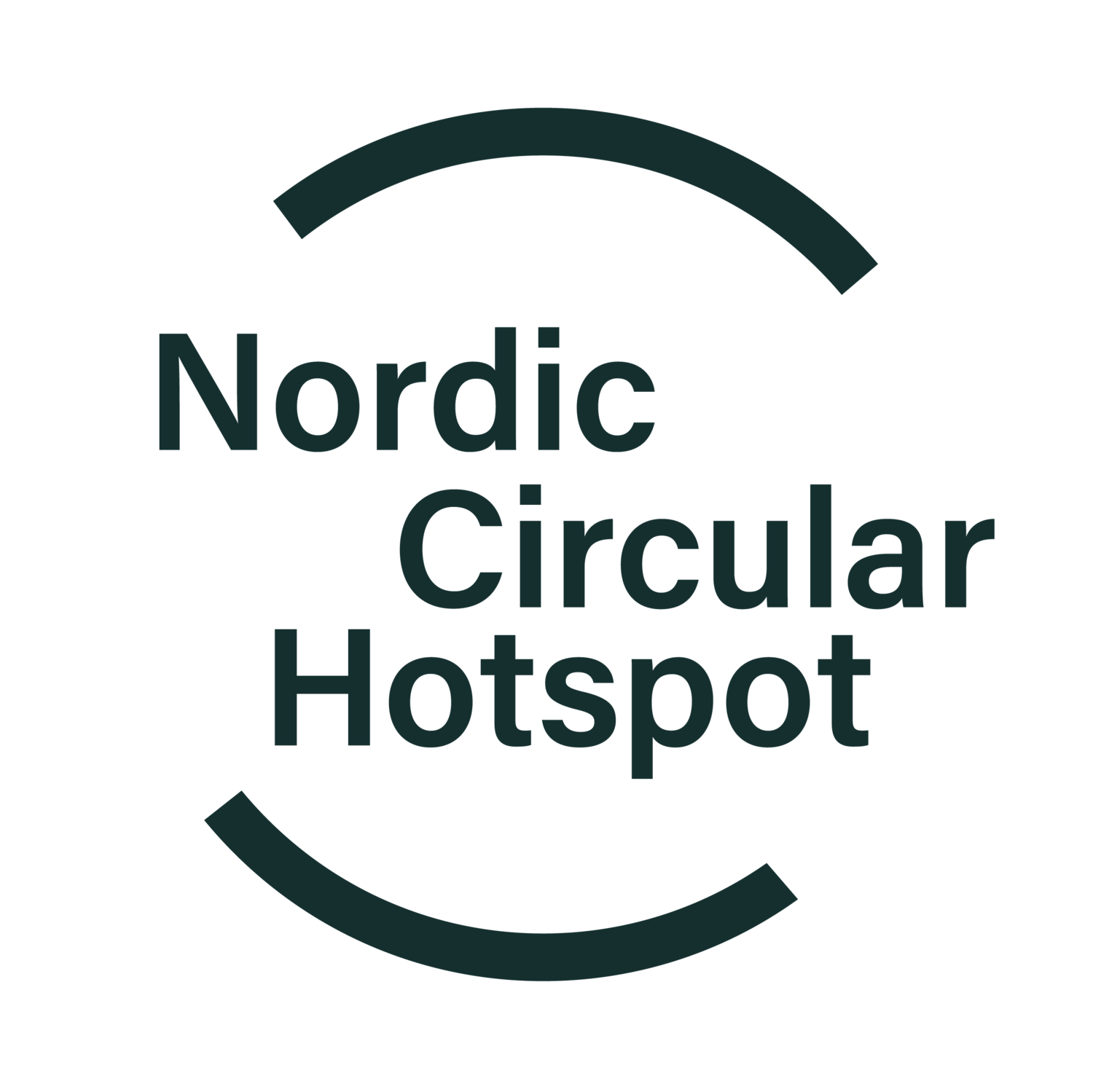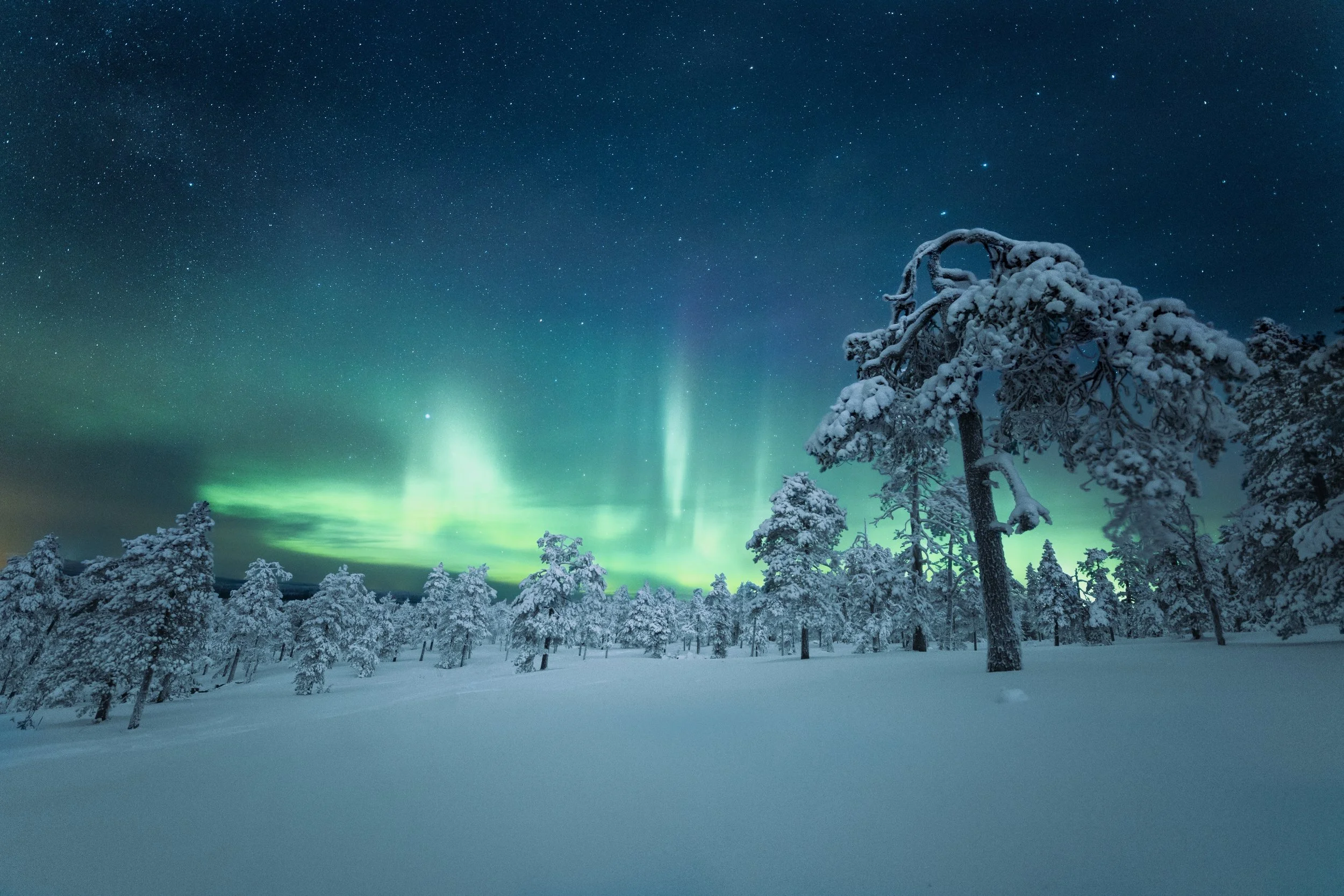News and articles
From Nordic Model to Future Model
With a skilled and highly-educated workforce, a high degree of trust, social cohesion, social capital, transparency and governance, a commitment to values as well as a world-class infrastructure and regulatory framework, the Nordics already have some of the basic “ingredients” needed to cook the “circular dish”. How can the Nordic way of thinking, living and working help transform the economies in the region and beyond?
The Future of Manufacturing
The manufacturing industry has extracted natural resources for centuries, without any consideration for designing out waste and pollution, keeping products and materials in use, and regenerating natural systems. What if we apply circular principles as the foundations of a new system in the manufacturing sector? How can the Nordics lead the way? And what does the industry need to work on in order to close the loop?
Circular Food Systems
If we go back just a few generations, our food systems were fully circular. While agriculture is tied to human health wellbeing at the most basic level, it is also responsible for some of the sustainability challenges we are facing in the 21st Century. Can we learn from the past to create a regenerative future? Is it possible to move away from today’s linear food systems—built on maximising profits—and create circular ones, based on true value creation?
Renewable Energy
The Nordic island nation aims to achieve carbon neutrality before 2040 and to cut greenhouse gas emissions by 40 per cent by 2030 under the Paris Agreement. Are the Nordics leading or lagging in terms of the production and consumption of clean, renewable energy sources? What can we learn from pioneering countries such as Iceland renewables when it comes to geothermal energy? And how can renewables be combined with circularity?
Nordic lifestyle, brands and design
When it comes to sustainability the Nordics are doing very well, with two exceptions: climate and sustainable consumption and production. Transition towards a circular economy is not possible without a fundamental change in consumer behaviours. Is it possible to build a circular fashion and furniture industry? If so, what does it take?
Ocean of Opportunities
From the Viking Age until modern times, the ocean has been an important source of wealth, providing work, energy and access to food. What circular opportunities can be explored in the ocean industries today and how do we create emission and waste-free industries, regenerating life and resources as part of the business models for the future?






